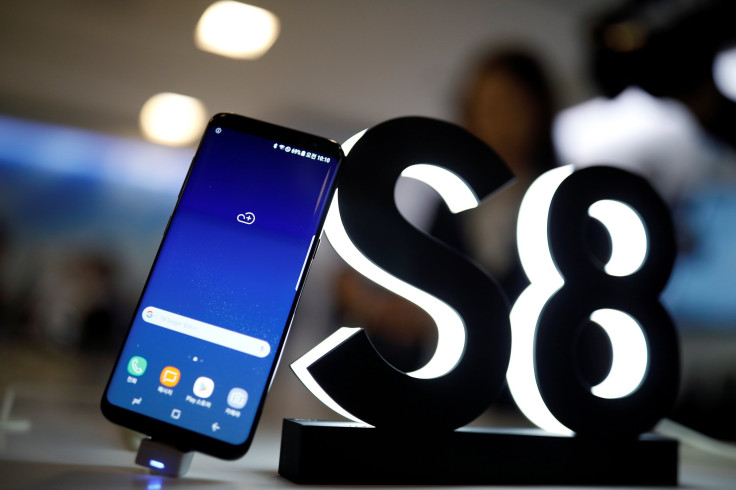Samsung Galaxy S8 Issues: Korean Users See Red Tints In Smartphone's Display

The Samsung Galaxy S8 has received a tremendous response on its launch. The device goes on sale in U.S., South Korea and Canada on Friday. According to CNBC, Samsung expects a record high profit in the second quarter of fiscal year 2017.
Read: Samsung Galaxy S8 Battery Survives Slicing, Stabbing
But, while the demand and anticipation for the device were high, the device is starting to have troubles. Early consumers, who received the device on Monday have reported a red tint in the smartphone’s display, the Korea Herald said Tuesday. The issue might be caused by a skewed color balance of the company’s edge-to-edge OLED panels, the report added. The issue wasn’t sorted even after correcting the color display settings.
One user told the publication: “After I read articles that there are many reddish panels, I checked mine. I was also unlucky. Should I change it?”
Samsung has put out an official statement on the matter, but it doesn’t seem to say much — “It is not a quality problem and it can be adjusted with the phone itself. If the color still appears to be reddish, customers can change it at the service center,” the company said.
The scale of the problem or its cause is not yet known. If it is a software problem faced by few customers, Samsung might resolve it by issuing a software update, but if it is a large-scale one, which originates in the hardware, the company might be in trouble.
Read: Samsung Will Kill Remaining Note 7 Devices With Software Update
The Samsung Galaxy S8 was expected to rescue the company from the chaos that emerged after the Galaxy Note 7 crisis. It had put its weight behind the handset, endowing it with not one, but many new features such as an edge-to-edge display, a 10nm processor and a new artificial intelligence based Bixby voice assistant.
Every issue with the device will be highly scrutinized and as the device hits the shelves in the U.S., consumers will need to take a careful look at the device’s display.
© Copyright IBTimes 2025. All rights reserved.



















